Blog, harvest, skirret (Sium sisarum)
Skirret: Sample harvest
Skirret (Sium sisarum) is a plant that is very flexible about harvest. It is a perennial, so you can harvest it at any time of year, after any number of years of growth. It also doesn’t keep very well out of the ground, so it is a plant best harvested whenever you want to eat it. Today, I harvested one of our plants grown from seed this year, although more out of curiosity than hunger.
Considering how slowly the plants grew early in the year, I’m surprised by how well they did. These roots are certainly not huge, but added together they are probably equivalent to a carrot. I really didn’t expect anything worth eating to come up when I pulled the plant, so I was pleasantly surprised.
Only two of those roots would be really satisfying to eat, but if this plant were left in the ground another year, the rest would probably fill out to match.
Skirret is a very easy plant to propagate. Starting it from seed is really a lot of work, unless you want to try improving the plant. Most people start from offsets. You can see two of them clearly in the picture above, with new purple-tipped sprouts that have their own roots.
Just cut the offsets free from the stump and replant them. This plant yielded four good looking offsets and one without any real roots that might not make it.
And, don’t forget the stump. Since skirret is a perennial, you can just replant it after removing the roots and the offsets and it will grow again next year. Did I mention that skirret is easy to propagate?
Total yield was 0.2 pounds. Not worth cooking, but a nice addition to a salad. Of course, with skirret grown from seed, you don’t know exactly what you’re going to get. Seed-grown skirret has a reputation for producing woody cores.
A vertical cut showed a suspicious brown core, so I was worried that this plant might not be so tasty.

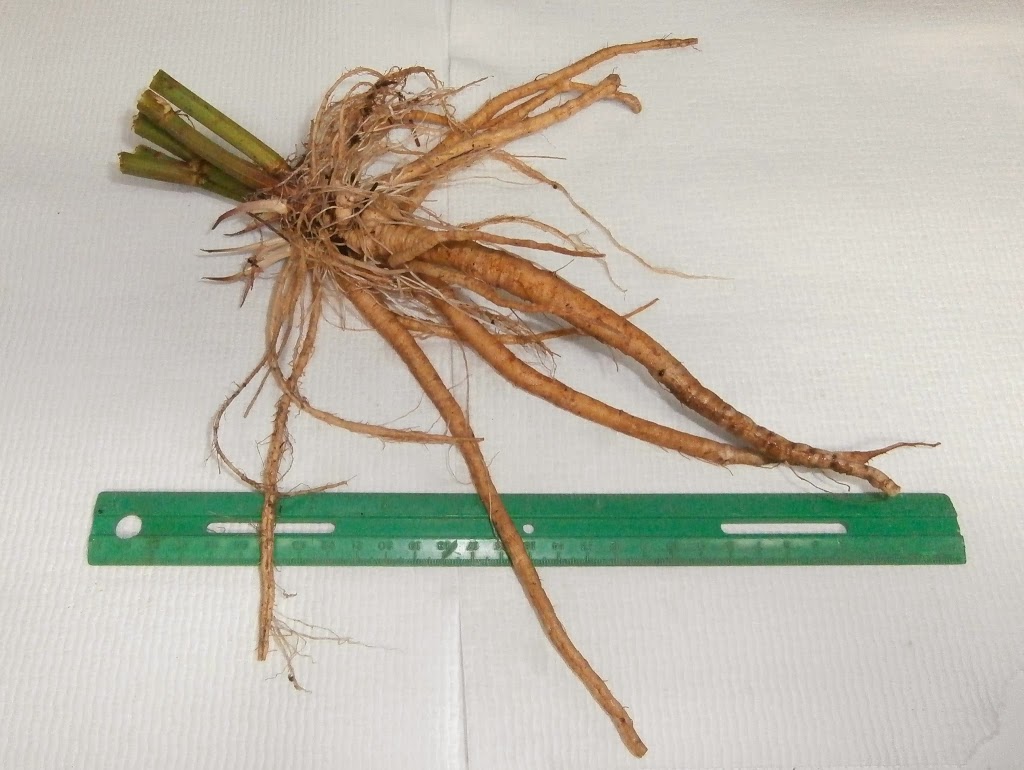
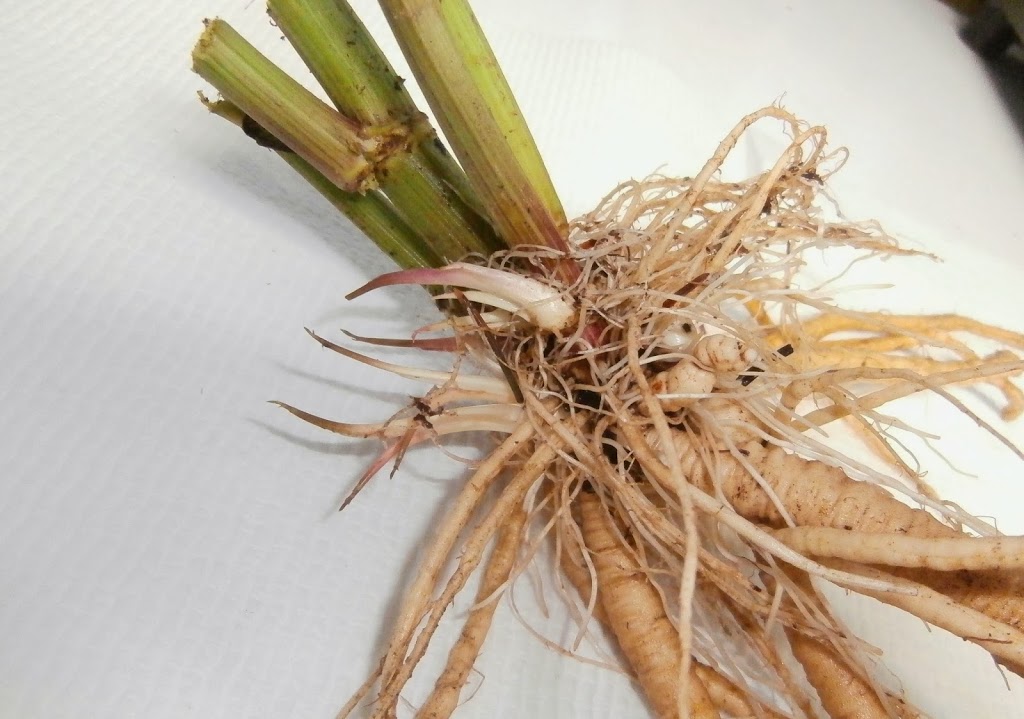
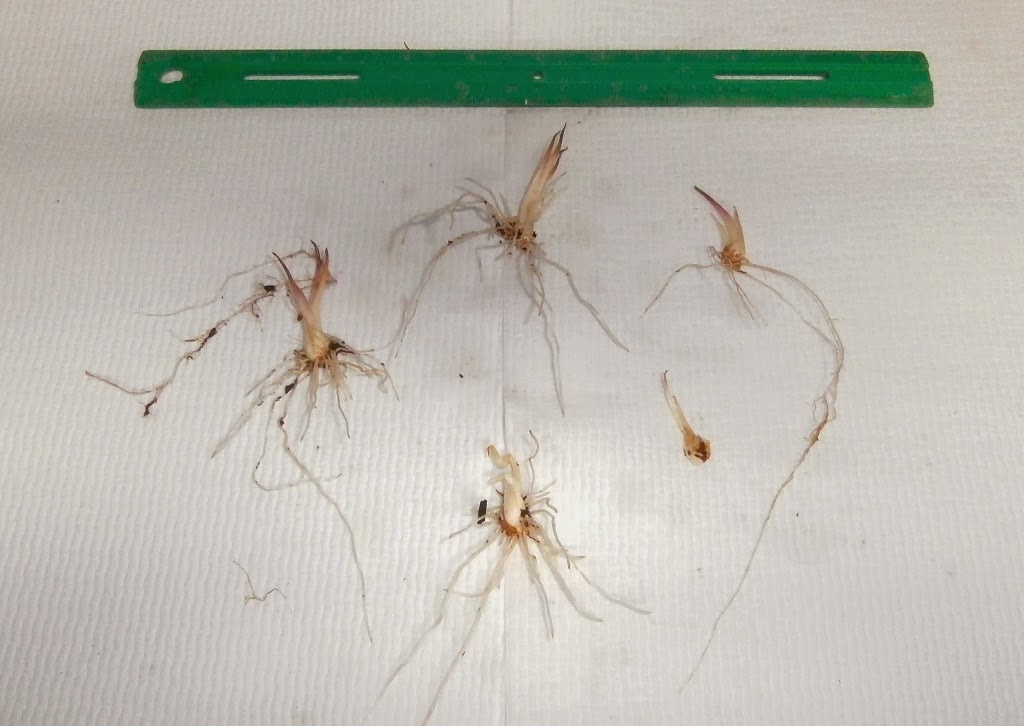
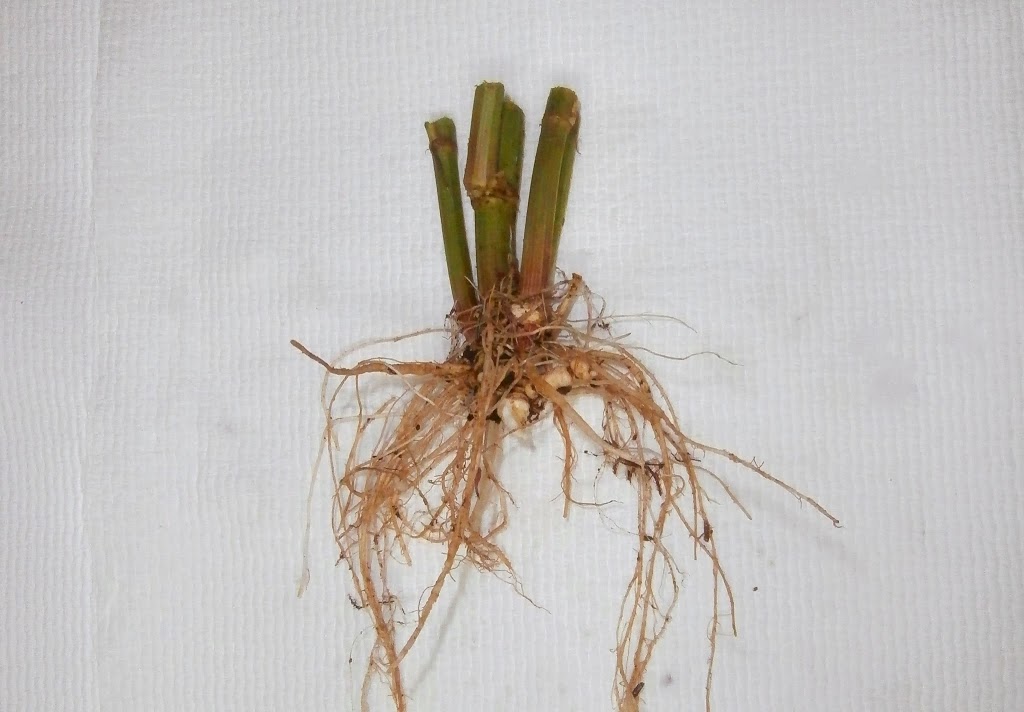
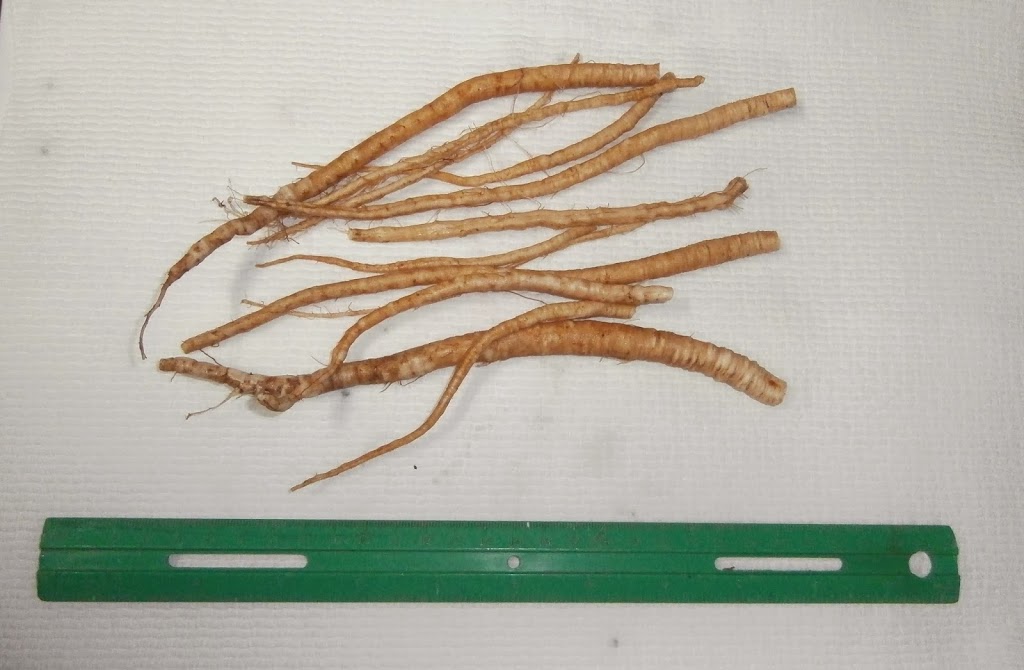
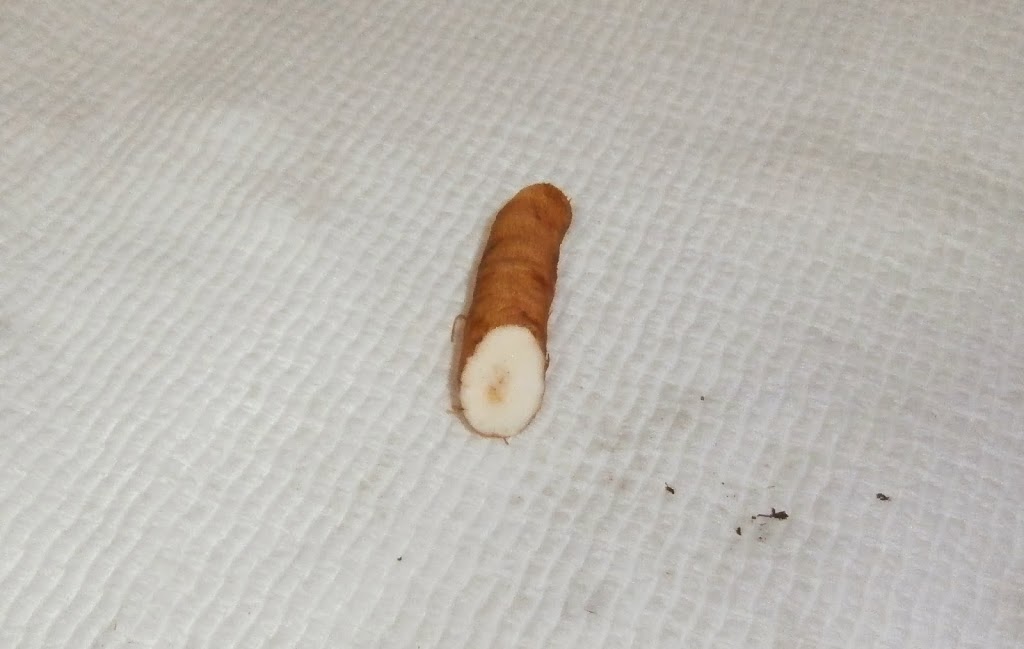
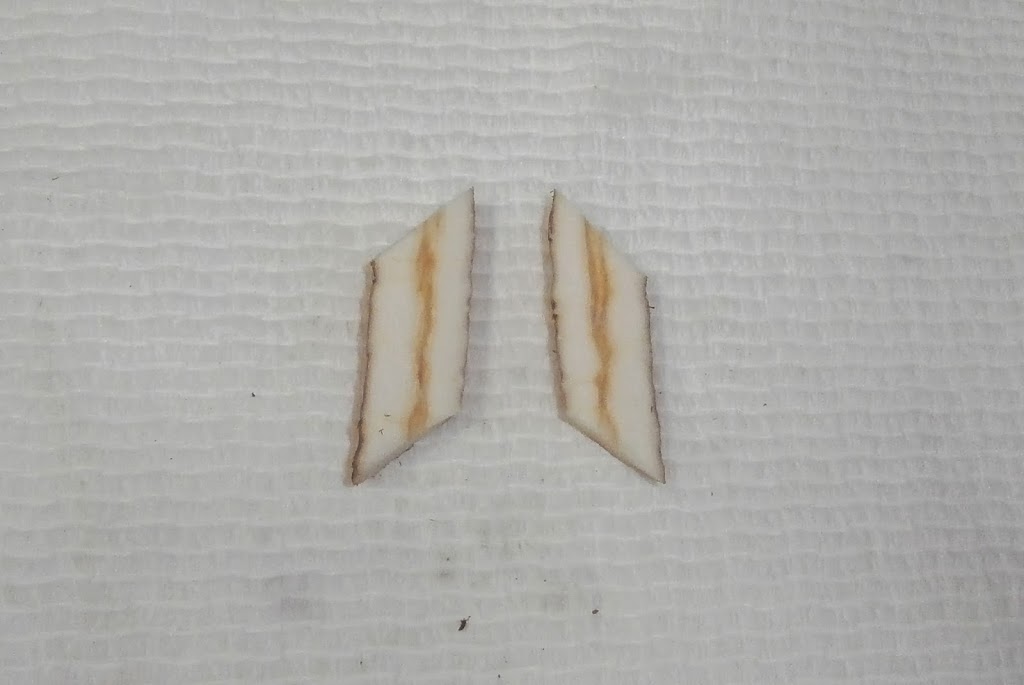
Is it true that woody cores are a function of the plant being very young, or it that a myth? If true, that might be the reason for the perception that starting them from seed results in a woody core?
Not in my experience. The very same clones will produce woody cores in some years but not others. It may have something to do with growth rate or environmental conditions.